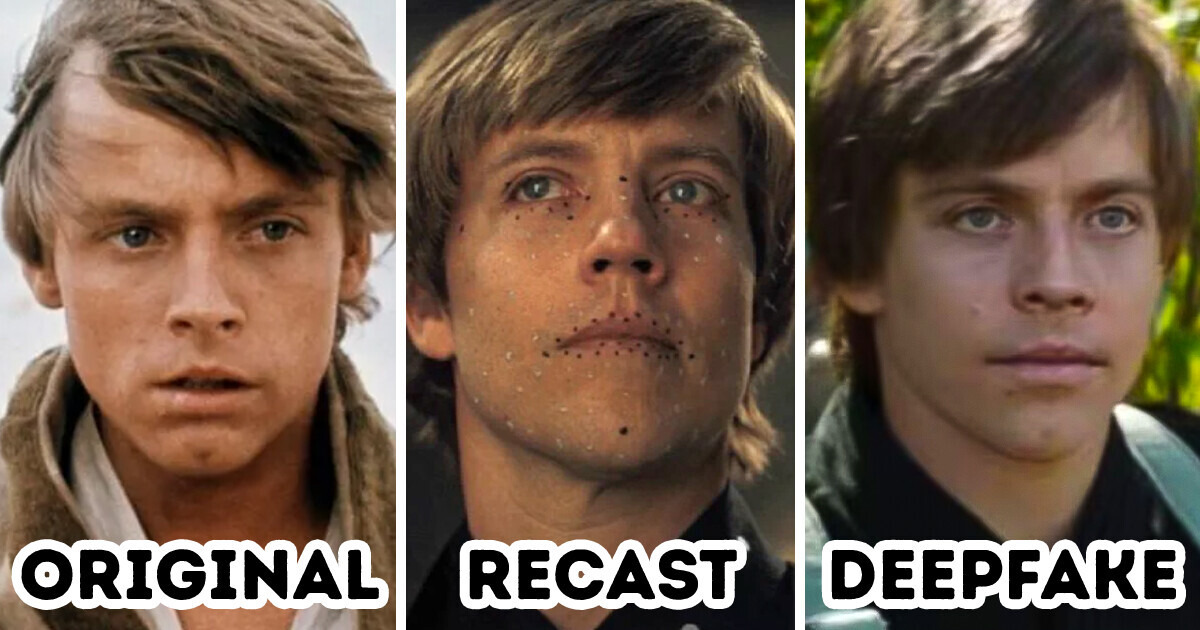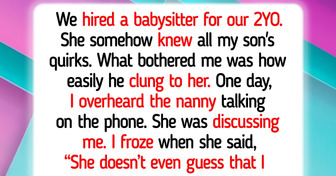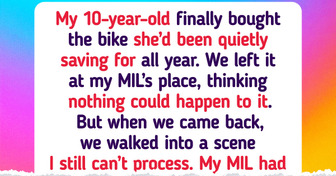My Only Daughter Selected Her Stepdad Instead of Me to Walk Her Down the Aisle


In the Star Wars saga, The Mandalorian employed de-aging technology and enlisted a young actor as a stand-in to resurrect Luke Skywalker’s character. While the storytelling aspect of Luke’s appearance and his arrival to train Grogu was well-received by fans, the visual effects using deepfake technology stirred some controversy. Some viewers found the Uncanny Valley effect distracting, which led to mixed opinions.
Star Wars fans were treated to a remarkable moment in The Mandalorian season 2 finale, where Luke Skywalker made an appearance. What made it even more extraordinary was the decision not to use CGI (computer-generated imagery) to portray Mark Hamill as Luke. Instead, they opted for a deepfake process to de-age him convincingly. Despite Mark Hamill reprising his iconic role, the use of the Mandalorian deepfake was impressively kept under wraps, making it a surprising and unforgettable Star Wars moment since Disney acquired Lucasfilm.
Indeed, given Mark Hamill’s age in his 60s, it was not feasible for him to portray Luke’s post-Return of the Jedi as is. Therefore, The Mandalorian employed de-aging technology and enlisted Max Lloyd-Jones as a stand-in actor to resurrect Luke Skywalker’s character.
After thorough exploration of various options, Lucasfilm made the decision to rely on tried-and-trusted de-aging methods. The process involved a combination of Mark Hamill’s performance and that of Max Lloyd-Jones, both of whom acted on set together. This collaboration allowed Lloyd-Jones to precisely match Hamill’s movements and expressions.
To achieve a convincing de-aged Mark Hamill for The Mandalorian, the effects team employed an extensive collection of images and snippets of footage from the original Star Wars trilogy and interviews around that time. Young Luke’s images superimposed over both Hamill and Max Lloyd-Jones on the set, resulting in a somewhat uncanny but impressive effect.
The next step involved using visual effects to enhance Lloyd-Jones’ appearance and make him resemble a younger version of Luke Skywalker. To achieve this, Mark Hamill filmed his performance twice. First on the set with Lloyd-Jones and then again in a specialized lighting rig. This innovative rig provided the capability to capture ultra-high-resolution textures of Hamill’s face while having precise control over lighting and positioning.
Deepfake technology relies on feeding the AI with abundant images and clips of the person in question. This allows the AI to build a comprehensive understanding of the person’s appearance and all the potential facial expressions they could make. This level of detail enables the AI to synchronize the actor’s performance on set seamlessly, even accounting for subtle adjustments required to match the on-set lighting accurately.
According to Mark Hamill, he was content to let go of Luke Skywalker after reading The Last Jedi script, as it signified disengaging from a significant part of his life. However, Lucasfilm’s growing obsession with nostalgia and realism led to his return as Luke in The Mandalorian and the younger body double.
Hamill reprising his role as Luke twice already, in The Mandalorian and The Book of Boba Fett, expressed reservations about the de-aging process. He believes age-appropriate actors could handle future stories if necessary, as the studio seems determined to pursue the idea of perpetuating characters through digital means, despite employing Max Lloyd-Jones and Graham Hamilton, who bear striking resemblances to Hamill.
Additionally, critics have raised concerns about the de-aging process, labeling it distracting and potentially limiting opportunities for younger actors. Meanwhile, recasting has proven successful for Lucasfilm in the past, with Ewan McGregor revitalizing Obi-Wan Kenobi, Donald Glover and Alden Ehrenreich impressing in Solo, and Ian McDiarmid defining Emperor Palpatine.
Moreover, by combining the performances of Hamill and Lloyd-Jones, along with the skilled use of visual effects, Lucasfilm achieved the desired end product of a convincingly de-aged Luke Skywalker in The Mandalorian. This meticulous and innovative approach ensured a seamless and authentic portrayal of the iconic character for fans to enjoy. Nevertheless, the process raised some challenges, resulting in minor complaints about the mouth movements not syncing perfectly.
Needless to say, in Star Wars: Return of the Jedi, we were deeply captivated by the performances of our favorite actors. And it’s interesting to know how gracefully these talented stars have aged over the years.











